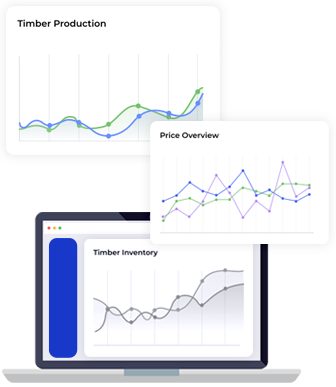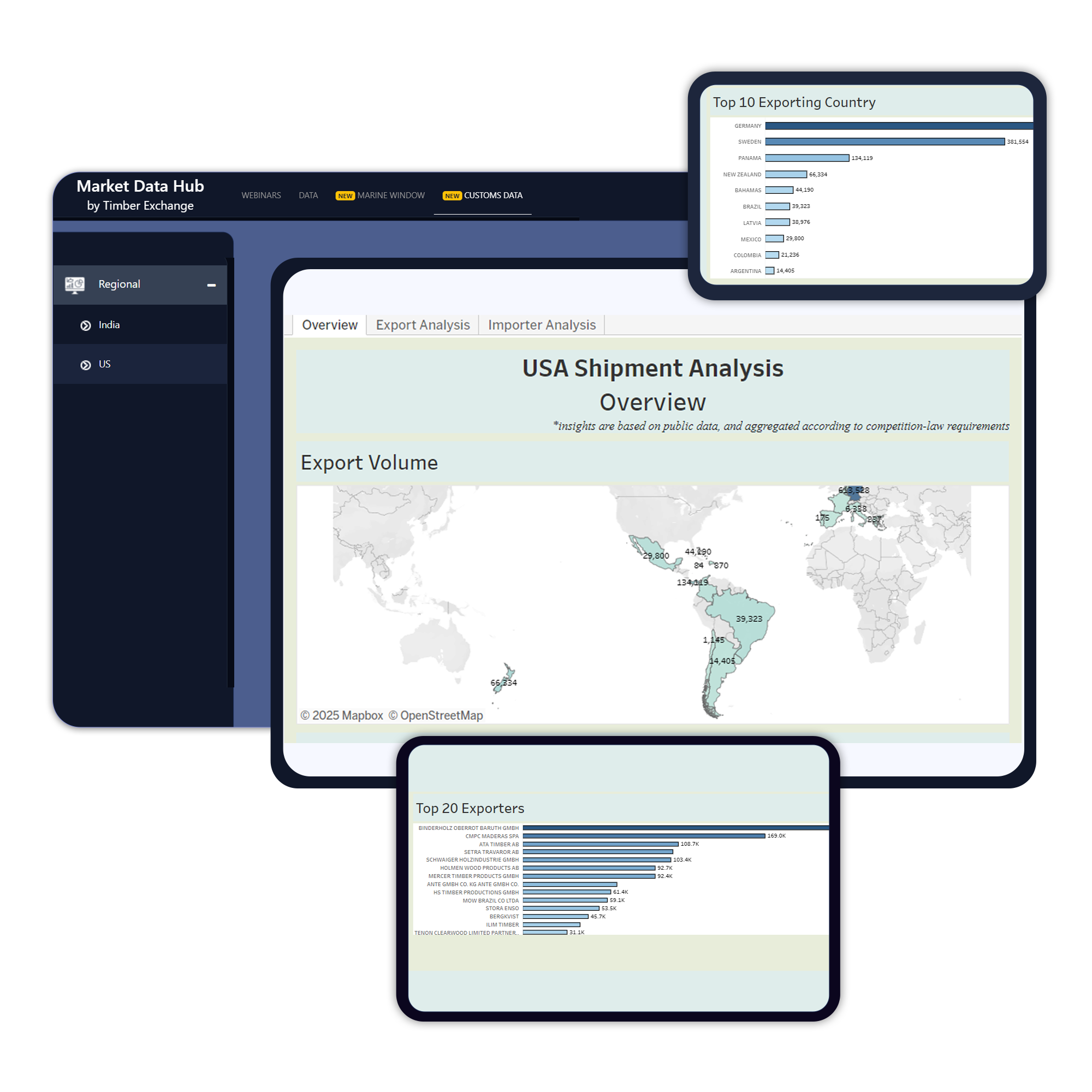
Vessels face capacity crunch with record rerouting via Cape of Good Hope
Posted on January 2, 2024 |
A record-breaking 125 ships have chosen to reroute from the Suez Canal to the Cape of Good Hope, exceeding the diversion seen during the Ever Given incident in March 2021.
When the Suez traffic closed for 7 days due to the Ever Given grounding, only fewer than 20 ships opted for an alternative route.
The current number of diverted ships, equivalent to 1.77 million TEU, raises concerns about a potential capacity crisis.
Ships returning from Europe and the US East Coast to Asia via the Suez are facing delays of 2-3 weeks.
As of December 25, 2023, most ships on the Asia-Europe and US East Coast routes are still using the revised Cape routing.
Carriers are carefully evaluating the safety risks associated with returning to the Red Sea, where Houthi rebels have targeted vessels.
Coinciding with the typical cargo rush before the Chinese New Year starting on February 10, 2024, the situation is impacting the freight market.
The Shanghai Containerised Freight Index (SCFI) rose by 15% on December 22.
Asia-North Europe rates increased by nearly 46% week-on-week to US$1,497/TEU, and Asia-Mediterranean rates rose by almost 31% to US$2,054/TEU.
Liner operators are implementing peak season surcharges and higher freight-all-kinds (FAK) rates.





